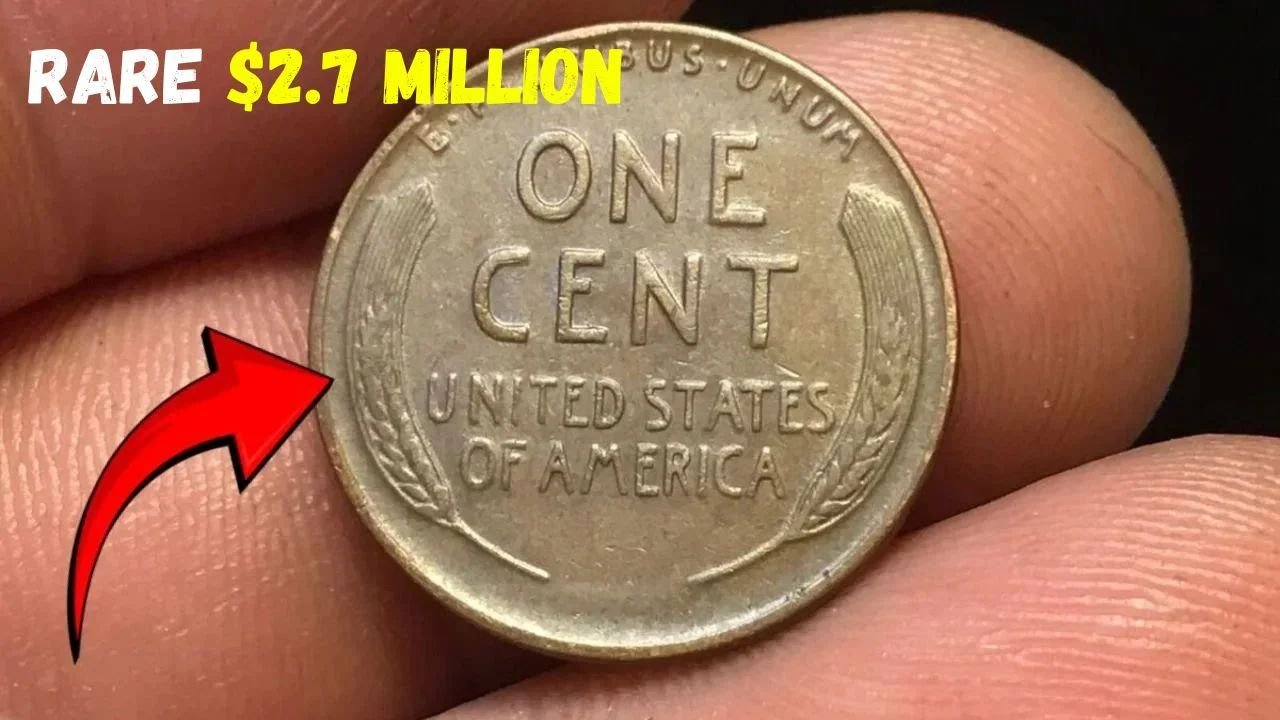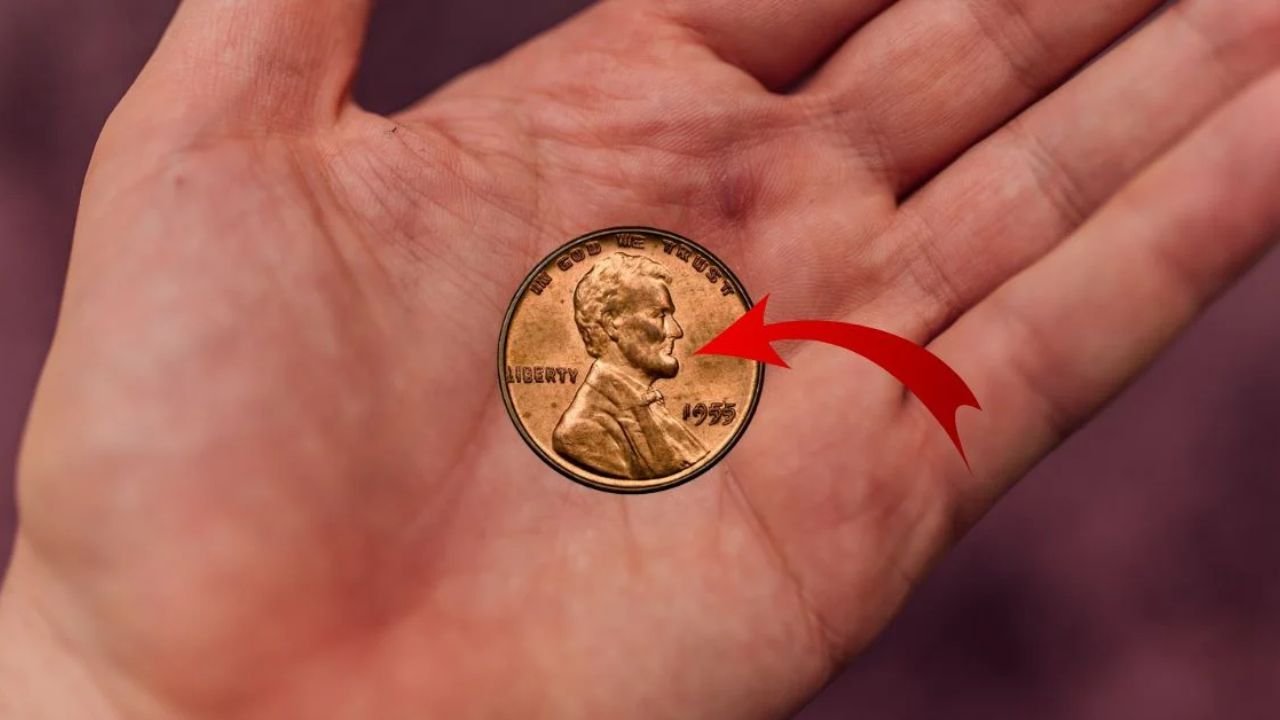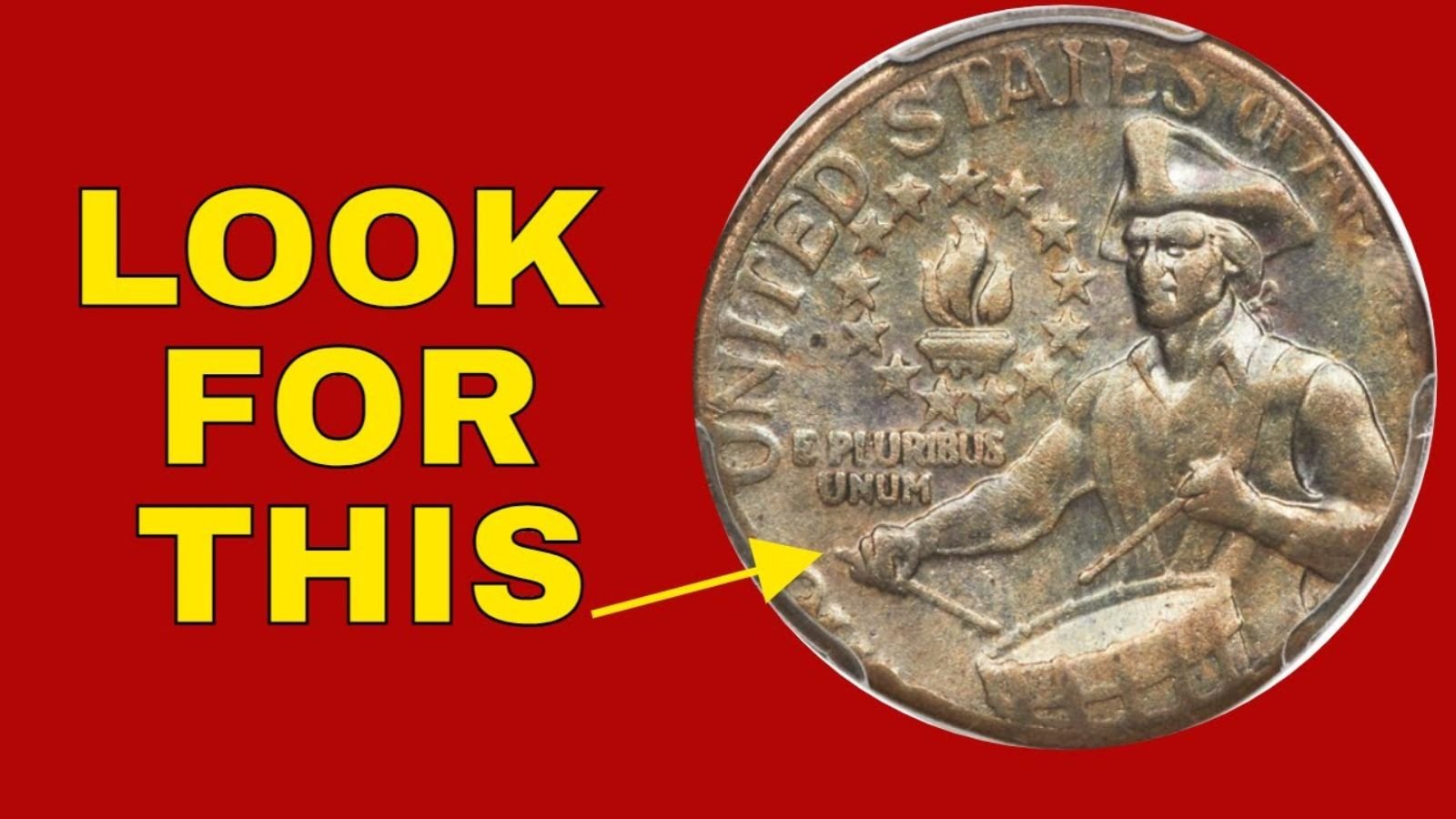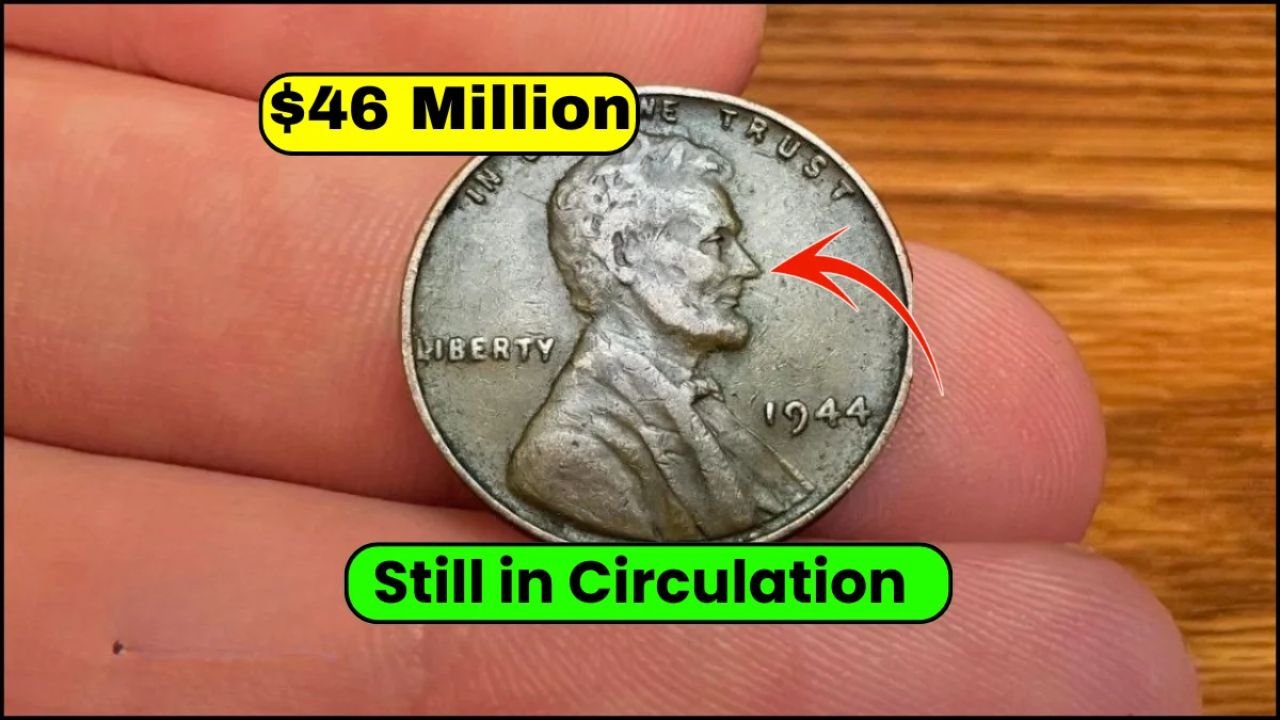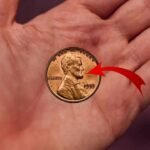Imagine finding a coin in your change jar that’s worth $2.7 million. That’s not a fantasy—it’s a reality for one lucky person who discovered an ultra-rare $2.7 Million Lincoln Wheat Penny in everyday circulation. This coin, a 1943-D Bronze Lincoln Wheat Penny, is one of the most valuable error coins in U.S. history.
What Is the $2.7 Million Lincoln Wheat Penny?
Originally minted in 1943 during World War II, the Lincoln Wheat Penny took an unexpected turn when a rare bronze planchet was mistakenly used instead of steel. As a result, a tiny number of bronze pennies were created—one of which came from the Denver Mint, marked with a “D”.
Today, only one known 1943-D Bronze Lincoln Wheat Penny exists, making it a one-of-a-kind collector’s dream and giving it an estimated value of up to $2.7 million.
Why Is the 1943-D Bronze Lincoln Wheat Penny So Valuable?
Several factors contribute to this staggering price tag:
- Unmatched Rarity – It’s the only known example struck in bronze at the Denver Mint.
- Historical Importance – It represents a minting error during wartime, making it a fascinating artifact.
- Minting Mistake – Bronze was replaced with steel in 1943 due to copper shortages, but this coin slipped through.
- Collector Demand – Unique errors like this are highly prized in the coin-collecting world.
Auction Shock: From $840,000 to $2.7 Million?
This legendary coin was auctioned for $840,000 in 2021. However, numismatics experts now believe it could fetch as much as $2.7 million, thanks to increasing rarity, collector interest, and market demand. That’s nearly ₹22.5 crores if you’re converting to Indian rupees.
How to Identify a $2.7 Million Lincoln Wheat Penny
Think you might have one? Here’s what to look for:
- Year & Mint Mark: Check for “1943” with a small “D” below (Denver Mint).
- Magnet Test: A normal steel 1943 penny sticks to a magnet. A bronze one won’t.
- Weight: The bronze version weighs 3.11 grams, compared to 2.7 grams for the steel.
Other Rare and Valuable Lincoln Wheat Pennies to Know
While the $2.7 Million Lincoln Wheat Penny steals the spotlight, several other Wheat Pennies are worth serious cash:
| Year | Mint Mark | Unique Feature | Value Up To |
|---|---|---|---|
| 1909 | S VDB | Initials of designer on reverse | $2,200 |
| 1914 | D | Low mintage | $5,500 |
| 1922 | No D | Missing mint mark | $30,000 |
| 1955 | None | Doubled die obverse | $16,000 |
| 1944 | S | Steel planchet error | $500,000 |
Note: Value depends on condition and collector demand.
Also Read – SASSA Double Payment in 2025: Updated Grant Amounts, Dates, and Eligibility Explained
Can Rare Wheat Pennies Still Be Found Today?
Absolutely—though very rare, valuable Wheat Pennies can still appear in:
- Old coin rolls or piggy banks
- Inherited coin collections
- Garage sales or estate finds
If you’re lucky, you could unknowingly be sitting on a small fortune.
Conclusion: A $2.7 Million Coin Hiding in Plain Sight
The $2.7 Million Lincoln Wheat Penny isn’t just a coin—it’s a piece of American history, a minting mistake, and a numismatic marvel. Its story proves that treasures can still be found in the most ordinary places.
So next time you go through your spare change, take a closer look. You might just find a multimillion-dollar coin sitting right in your hand.
FAQs
Q1. What is the $2.7 Million Lincoln Wheat Penny?
It’s a 1943-D Bronze Wheat Penny, the only known one of its kind, caused by a minting error during WWII.
Q2. Why is this penny worth so much?
Its value comes from extreme rarity, historical context, and demand from collectors.
Q3. How can I verify a 1943-D Bronze Penny?
Check for the year “1943” with a “D,” make sure it’s non-magnetic, and weigh it—should be 3.11 grams.
Q4. Are other valuable Lincoln Wheat Pennies still around?
Yes. Coins like the 1909-S VDB, 1914-D, and 1955 Doubled Die are highly collectible and valuable.
Q5. Can I really find a rare coin in circulation?
While rare, it’s not impossible. Many collectors have found valuable coins in pocket change or family collections.
Some Important Link
| Telegram Group | Click Here |
| WhatsApp Group | Click Here |
| Home Page | Click Here |
